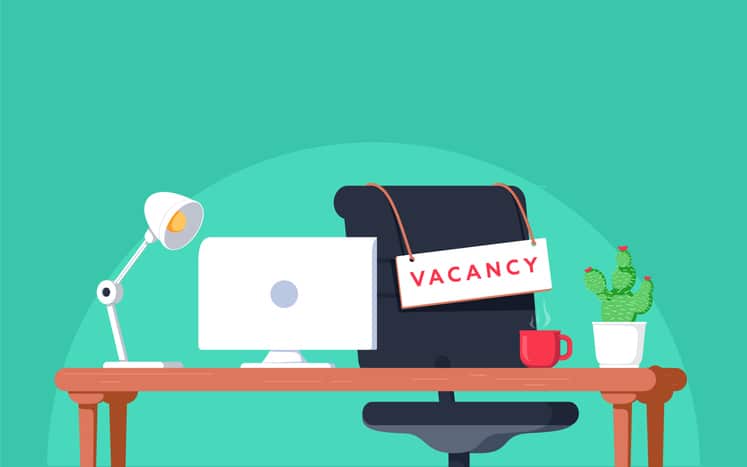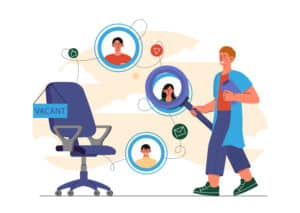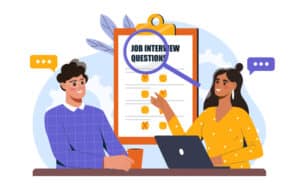Every company wants a faster hiring process timeline, but “fast” means different things to different people. For hiring managers it means filling the role before projects stall. For candidates it means hearing back before they take another offer. For HR it means balancing speed with fairness and compliance.
A clear hiring process timeline sets expectations, prevents needless delays, and keeps candidates engaged throughout the process.
Why the hiring process timeline matters
Every day a role remains open has a cost in lost productivity and momentum. When timelines stretch, candidates accept other offers, hiring teams lose momentum, and projects slow. Moving too fast can backfire as well, creating mismatched expectations that lead to turnover later.
A defined timeline creates balance. It keeps communication consistent, clarifies who does what, and reduces the risk that a single bottleneck derails the whole search.
Average timelines by stage
There is no universal timeline, but many searches may follow a similar flow. Below are realistic benchmarks that hiring teams can use as starting points. Adjust them based on your role, approval process, and market.
Week 1: job posting, sourcing, and initial outreach
Weeks 2 to 3: screening and first-round interviews
Weeks 4 to 5: final interviews and decision-making
Week 6: offer, negotiation, and background checks
Weeks 7 to 8: onboarding planning and start date
Technical, executive, or highly specialized roles typically take longer. Entry-level or temporary roles often move faster. Use these benchmarks to build a hiring process timeline that fits your reality.
Common causes of delay and how to prevent them
Small gaps add up. Typical causes of delay include slow scheduling, unclear decision ownership, shifting job requirements, and incomplete feedback after interviews. These are fixable with a few practical steps.
Align on the job description and selection criteria before posting. Set deadlines for feedback after each interview round. Limit the number of interview stages to what is necessary. Keep candidates updated so they stay engaged. These changes reduce friction while preserving thoughtful evaluation.
What effective timelines have in common
Faster hiring does not mean rushed hiring. The most effective hiring process timelines share a few traits:
Clarity: every step is documented and responsibilities are clear.
Consistency: candidates get a uniform experience across hires.
Communication: candidates receive timely updates so they do not feel ignored.
Flexibility: the team adapts when priorities change or approvals slow down.
Teams that build those habits usually see fewer dropouts and cleaner decision cycles without sacrificing quality.

Final Thoughts
There is no single answer for how long hiring should take. The right hiring process timeline for your organization matches your goals, reflects your culture, and respects candidates’ time. Define the steps, assign ownership, and use realistic benchmarks to keep searches moving with purpose.
Want help refining your hiring process timeline or closing key roles faster?
Let’s talk about how we can support your hiring goals.









